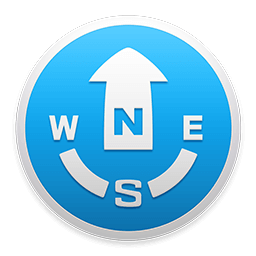

#Copy path finder windows
This is how common actions are performed on OS X where you would need a path in Windows or Linux. I'm not completely of the same mind, but usually I can do what I want. Copy Path, Attributes, Contents, Workspace, New Terminal Here, Make Symbolic Link. Apple thinks you don't need to be able to access the file path conveniently because everything can be accomplished by drag & drop. Tabs, Dual Panel, and numerous features for Macs native Finder. On OS X, many things can be accomplished by dragging & dropping. You can add a keyboard shortcut for the service by going to System Preferences > Keyboard > Keyboard Shortcuts, then click on "Services" in the left pane, then scroll down to the "General" section in the right pane until you find your service. If you want it to copy as quoted, you can change POSIX path to quoted form of POSIX path. For example, in Terminal, the path would need to be quoted, but in Finder's "Go to Folder" command, it would not. Note: This doesn't escape spaces, so if your path has spaces, you may need to quote it. This Automator Service will now be in your Services menu. Save the Automator Service with whatever name you'd like it to have in the Services menu. Tell application "Finder" to set the clipboard to POSIX path of (target of window 1 as alias)

Replace (* Your script goes here *) with: try
#Copy path finder full
It’s only when you see the full path in the Finder title bar that you realize that you’ll need to specify the “Volumes” directory first.ĭespite its usefulness, having the full path displayed in the Finder title bar can be a bit cluttered, especially for longer and more complicated paths. This can come in handy when navigating unfamiliar directories or systems, or if you’re new to Unix-based operating systems.įor example, if you wanted to build or modify a Terminal command based on the path in our first example above, you might logically enter /Data/Dropbox/TekRevue/Articles, because that’s what is shown in the Finder path bar. More importantly, however, this method displays the full Unix path, including root directories like Volumes that are not displayed in the standard Finder path bar.


 0 kommentar(er)
0 kommentar(er)
